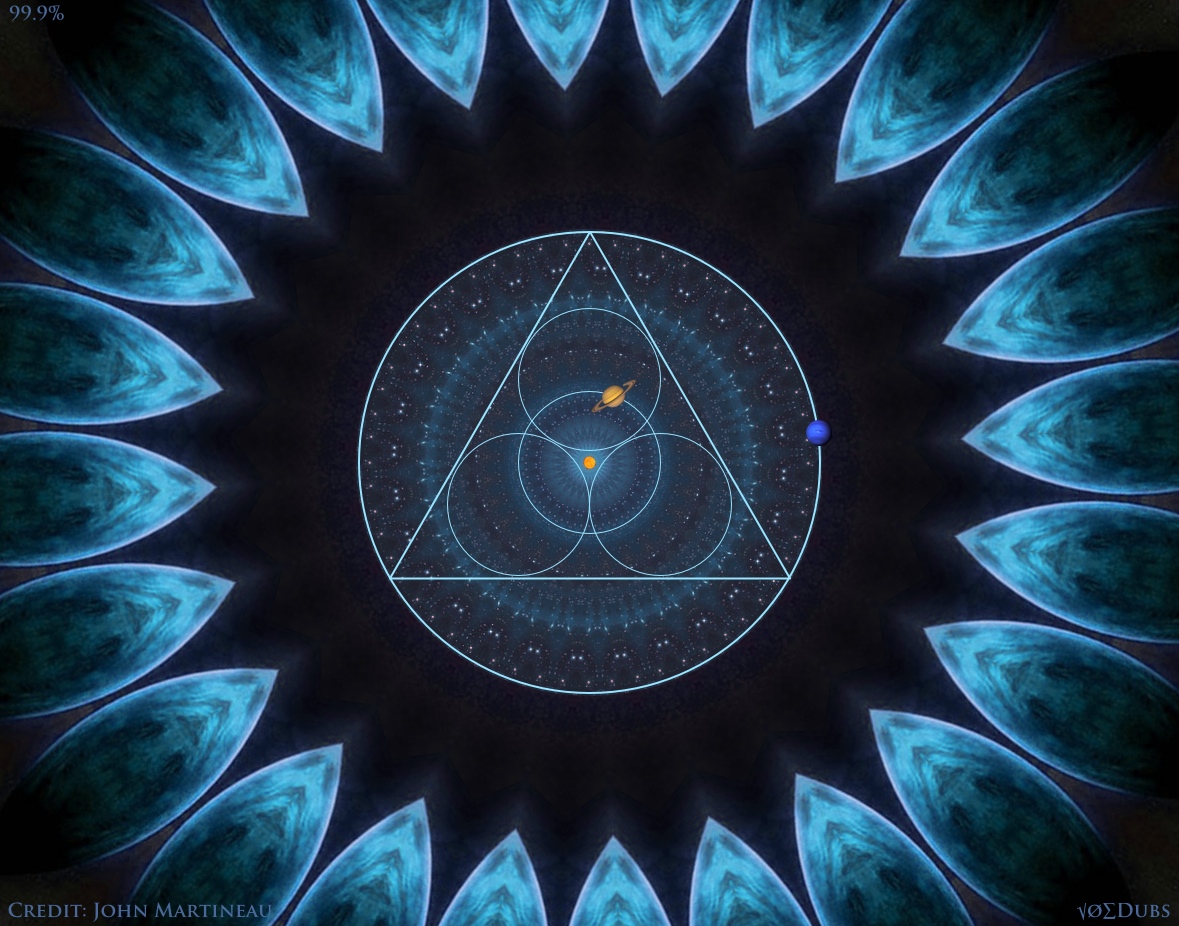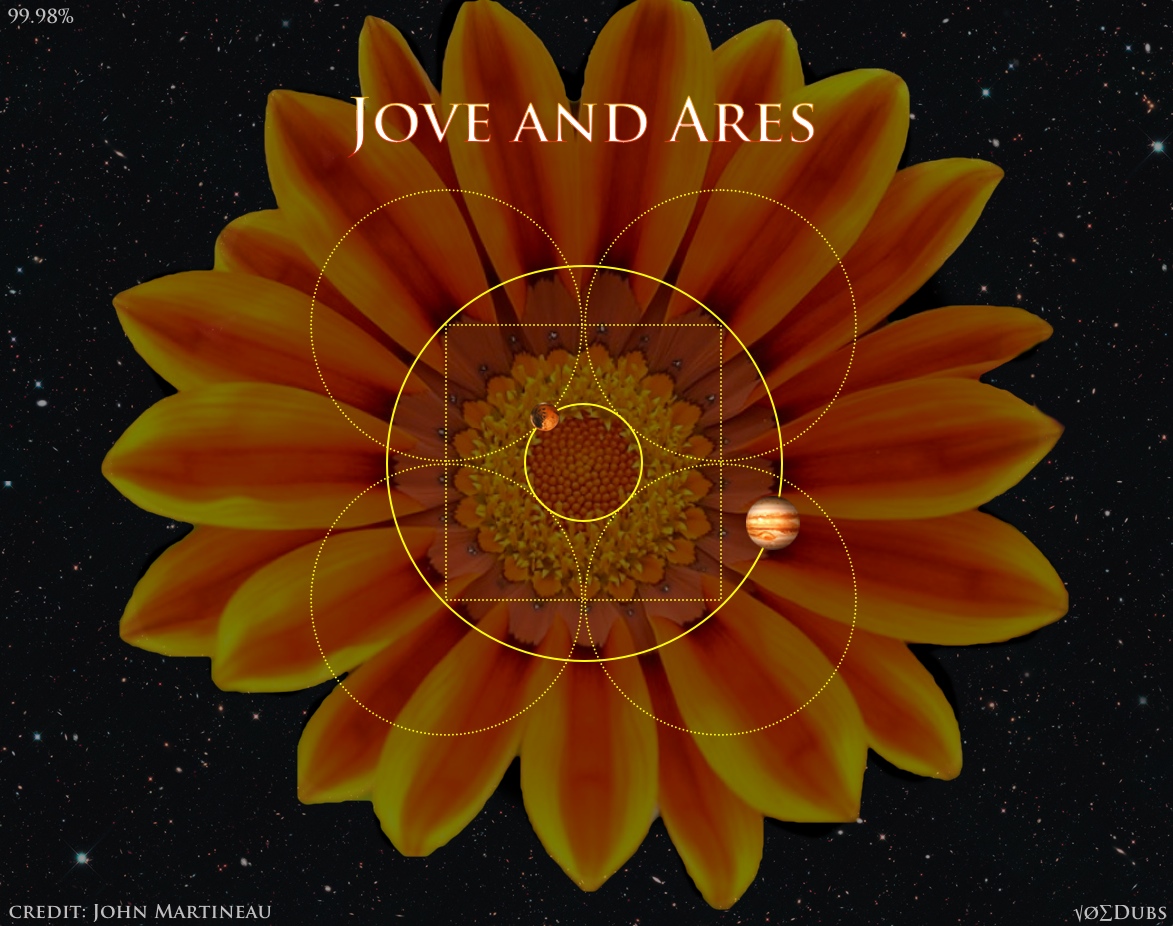Quicksilver & Gaia

The orbits of Mercury and Earth and be described in this way. Draw a square around the orbit of Mercury. Surround this square with a circle. Do the same and draw another square around this circle. On the four corners of this larger square, draw four circles with radii that reach the last circle you drew. One more step. Draw a large circle around the four smaller circles. You just defined Earth’s orbit to 99.9% accuracy. The other planets in the solar system also show geometric relationships. Geometry is number in space, and Music is number in time. The solar system echoes these fundamentals of the Quadrivium through their orbital periods, sizes, and distance from the Sun. Kepler discovered that the planets’ orbits neatly fit inside of nested platonic solids. He called this Mysterium Cosmographicum. Pythagoras and his buddies called it the Music of the…

